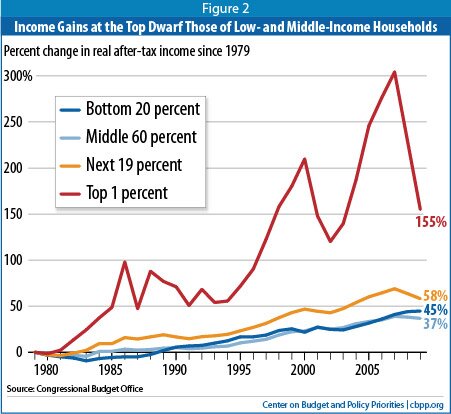CONTRIBUTE! VOLUNTEER! CONTACT US!
Grow with Us Plant Sale!
Get all of your garden needs and help support DFL48! This year, we’re offering you plant cards at both Gerten’s Greenhouses and Garden Center in Inver Grove Heights and Wagner’s Greenhouse in Minneapolis and Bloomington.
Tweets by @DFL48
TAG | Minnesota poverty
By Caitlin Biegler, the Minnesota Budget Project, January 9, 2014
A new report from the U.S. Census Bureau shows that many Americans have lived in poverty at some point.
From 2009 to 2011, almost one-third of Americans lived in poverty for at least two consecutive months. This is an increase from the pre-recession rate of 27.1 percent in 2005-2007.
People are also living in poverty longer. The median length of time spent in poverty was 6.6 months during 2009-2011, an increase of almost a month from the 2005-2007 rate. However, while the time spent in poverty increased, 12.6 million people who were living in poverty in 2009 were out of poverty in 2011.
The report also shows poverty was more prevalent in some communities of color. From 2009 to 2011, one-quarter of non-Hispanic white Americans lived in poverty for at least two consecutive months, but nearly half of Hispanic Americans and 45.3 percent of Black Americans lived in poverty. They were also more likely remain in poverty throughout the 2009-2011 period.
The report uses data from the Survey of Income and Program Participation, which gives us information on the number of months spent in poverty, rather than the yearly rate that we get from the American Community Survey.
The new Census report only includes national data. In Minnesota, poverty is lower than the national figures, but we see the same problem of economic well-being not reaching into communities of color. While Minnesota’s overall poverty rate was 11.4 percent in 2012, 37.8 percent of Black Minnesotans and 31.9 percent of American Indian Minnesotans lived in poverty.
The good news is that public policies can make a difference in reducing poverty. Federal policymakers should extend Emergency Unemployment Insurance and protect basic nutrition assistance through SNAP from federal cuts. On the state level, policymakers can improve the economic security of Minnesotans in the upcoming 2014 Legislative Session by strengthening the Working Family Credit and continuing to improve access to affordable health care.
Today, the US Census is releasing its annual numbers on income, poverty and health insurance coverage. You can bet you’ll be hearing Republican spin on this issue. So, here’s the facts:
- Since 2000, median household income has declined $5,400 in constant 2011 dollars.
- Minnesota’s poverty rate edged up from 8% in the late 90s to 12% today, with even higher rates in Minneapolis and some parts of greater Minnesota.
- The poverty rate for people of color is a staggering 28% in Minnesota and 25% nationally.
- Poverty rates are especially high among young adults at 26%.
- Nearly 1/3 of school children qualify for free lunch, another 7% eligible for reduced price lunch.
- Jobs creation has remained flat while the population has grown 10% over the last decade.
So, how have those with mega bucks been doing during the Great Recession? Watching their inherited wealth grow by leaps and bounds. Want to see by how much? Here’s a graph from the Center on Duget and Policy Priorities:
And, talking about income doesn’t really tell the whole story. It’s about the increasing concentration of wealth with a small population:
So, the next time you hear great gnashing of teeth from our conservative/Republicans about how awful it is to be talking about “wealth distribution”, remember these charts. And, don’t feel too bad for the Koch brothers and their ilk. They’re not feeling sorry for you and what you’ve been through since 2008.
 DFL48
DFL48

